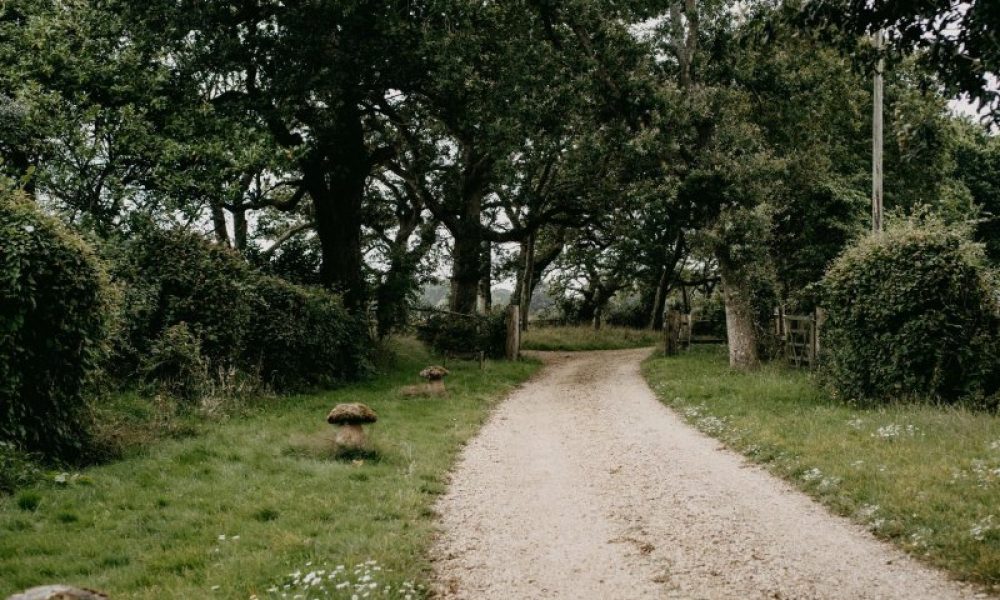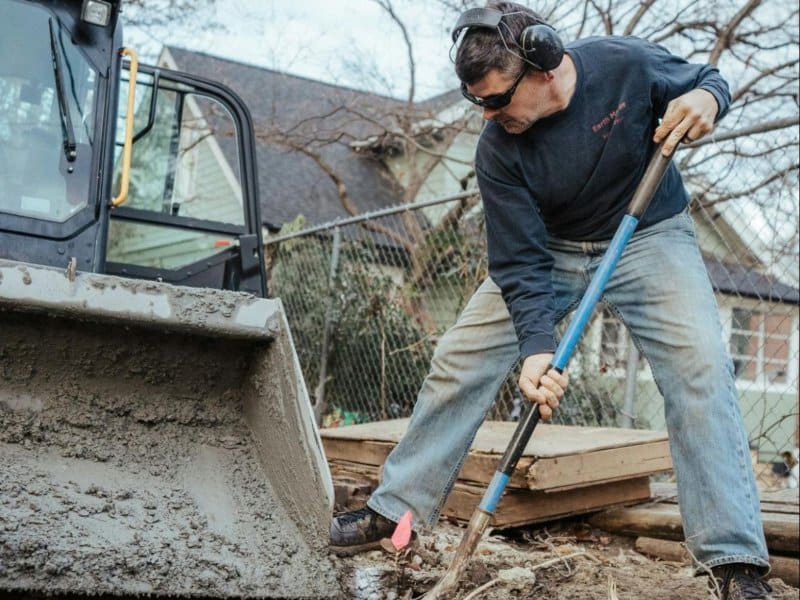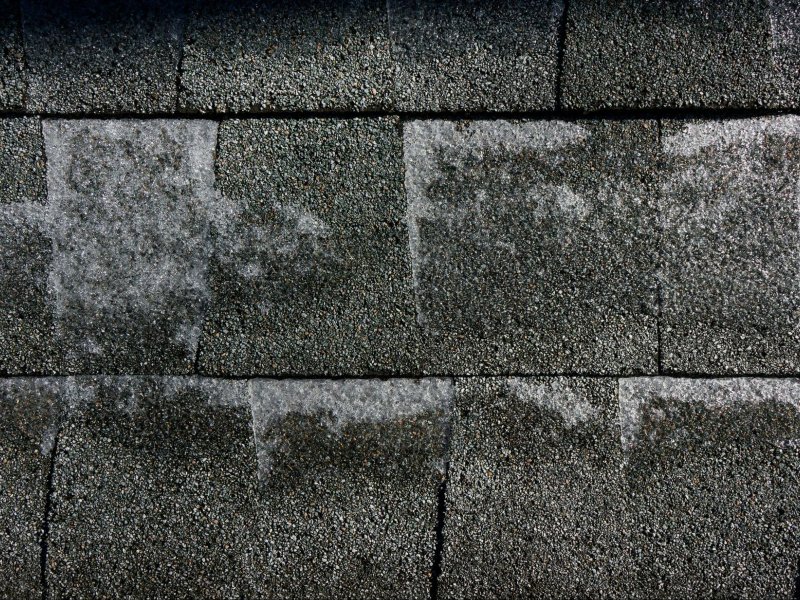Your gravel driveway is more than just a path to your home—it’s an essential part of your property’s curb appeal, functionality, and overall value. A well-maintained gravel driveway offers a rustic charm and durability, but without proper care, it can quickly become riddled with ruts, potholes, drainage issues, and unwanted weeds. At Local Sod and Landscape, we understand the frustration of constantly battling gravel driveway problems, and we’re here to help you prevent these common issues with expert solutions.
The Problem: A Gravel Driveway That’s Hard to Maintain
Over time, gravel driveways can become a source of frustration for homeowners. You may find yourself dealing with:
- Erosion and Washouts: Rainwater can easily wash away gravel, leading to uneven surfaces and exposed base layers.
- Potholes and Ruts: Heavy traffic and improper compaction can result in deep ruts and potholes that make driving uncomfortable.
- Weed Growth: Unwanted weeds can quickly take over, making your driveway look unkempt and difficult to maintain.
- Poor Drainage: Without proper drainage solutions, water can pool in areas, leading to muddy conditions and further damage.
If any of these issues sound familiar, don’t worry—there are proactive steps you can take to prevent them from becoming recurring problems.
The Solution: How to Prevent Common Gravel Driveway Issues
By following these expert tips, you can maintain a smooth, durable, and aesthetically pleasing gravel driveway for years to come.
1. Start with a Strong Foundation
A gravel driveway is only as good as its base. If you’re installing a new driveway or repairing an existing one, be sure to:
- Excavate Properly: Remove soft soil and organic material before laying gravel to prevent sinking and uneven surfaces.
- Use Quality Base Material: Start with a strong base layer, such as crushed stone or road base, to create a solid foundation that supports the top layers.
- Compact the Layers: Each layer of gravel should be compacted thoroughly with a roller or plate compactor to prevent shifting and settling.
2. Improve Drainage to Prevent Erosion
One of the biggest threats to a gravel driveway is poor drainage. Without proper water management, rain can wash away gravel and create deep ruts. To improve drainage:
- Crown Your Driveway: Ensure your driveway has a slightly raised center so water runs off to the sides instead of pooling in the middle.
- Install Drainage Ditches: Dig shallow ditches along the sides of the driveway to direct water away and prevent erosion.
- Use Permeable Fabrics: Laying down a geotextile fabric before adding gravel can help prevent water from washing away the foundation.
3. Regularly Maintain and Replenish Gravel
Gravel driveways require periodic maintenance to stay in top condition. Our pals at Bila Vila say it is best to set up a routine maintenance plan that includes:
- Raking and Leveling: Use a rake or grader to redistribute gravel and fill in any ruts or depressions.
- Adding Fresh Gravel: Over time, gravel can thin out due to traffic and erosion. Replenish it as needed to maintain proper depth.
- Compacting After Repairs: Anytime you add gravel or repair ruts, compact the surface to prevent loose material from shifting.
4. Control Weed Growth
Weeds can quickly take over a gravel driveway, but you can keep them under control by:
- Using a Weed Barrier: Laying landscaping fabric beneath the gravel can help prevent weeds from sprouting through.
- Applying Herbicides: Use an appropriate weed killer to target invasive plants while keeping your driveway looking clean.
- Maintaining Edges: Keep the edges of your driveway trimmed to minimize weed spread from surrounding areas.
5. Prevent Potholes and Ruts Before They Form
Potholes and ruts don’t just appear overnight—they develop over time due to improper drainage, heavy traffic, and shifting gravel. Prevent them by:
- Avoiding Heavy Loads in One Spot: Distribute weight evenly across the driveway to prevent depressions from forming.
- Driving in Different Patterns: Encourage family members to vary their driving paths to avoid wearing down specific areas.
- Filling Small Holes Early: Address minor issues before they become bigger problems by filling in low spots and compacting them immediately.
The Benefit: A Long-Lasting, Beautiful Gravel Driveway
By following these expert tips, you can enjoy a gravel driveway that remains smooth, functional, and visually appealing for years to come. Preventing common issues not only saves you time and money on repairs but also enhances the overall look of your property.
With proper installation, regular maintenance, and strategic drainage solutions, your gravel driveway will withstand the elements and heavy use without constant headaches.
Take the Next Step
If you’re ready to improve or maintain your gravel driveway, Local Sod and Landscape is here to help. Our team specializes in creating durable, low-maintenance driveways tailored to your needs. Whether you need professional installation, repair services, or expert advice, we’re just a call away.
Contact Local Sod and Landscape today to ensure your gravel driveway remains in top shape for years to come!









